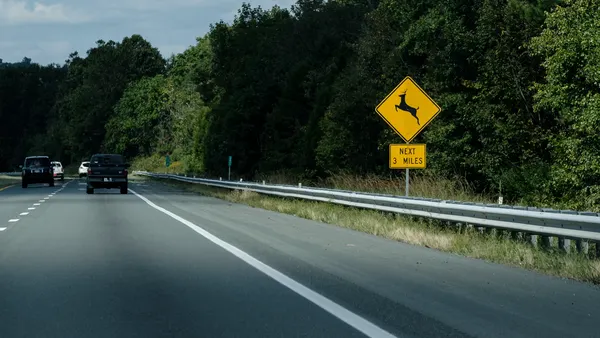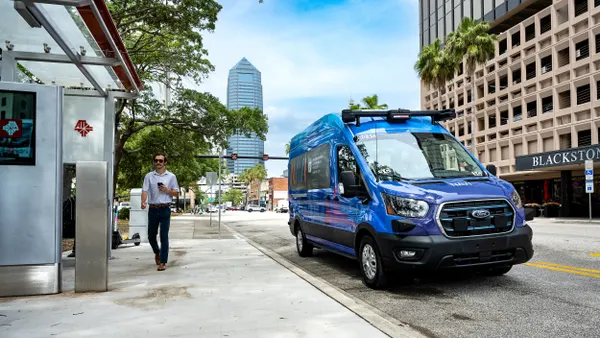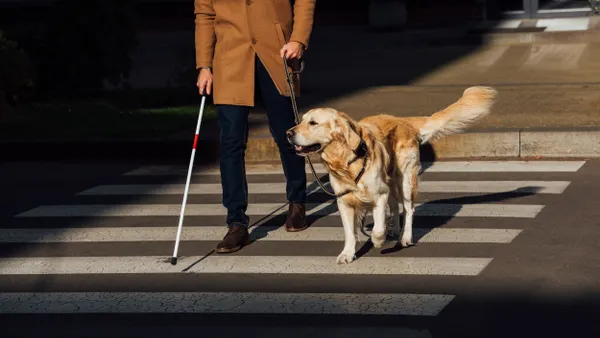Dive Brief:
- Lyft and health-tech company GreatCall have expanded their partnership on a ride-hailing service for seniors to the entire U.S. The service is designed to help older adults get to medical appointments, to the grocery store or just out for social activities.
- The partners have tested GreatCall Rides for the past two years in Arizona, California and Florida, as well as the Chicago and Dallas metro areas, according to Home Health Care News.
- Rather than using a smartphone app, customers can press "0" on their Jitterbug phones and tell an operator where they want to go, and a driver will pick them up just like with traditional ride-hailing services.
Dive Insight:
The loss of independence for aging populations is a concern, and not having the ability to drive is one of the main factors contributing to this issue. Driving is important not just to get to medical appointments or run everyday errands, but also to visit friends and get out of the house for social activities. An inability to drive can lead to isolation and loneliness, even depression, especially if few other mobility options are available.
As America's over-65 population continues to expand, more businesses are finding innovative ways to serve that population. That's important especially to help seniors "age in place" in their existing communities, rather than moving in with loved ones or into a retirement community. AARP data shows that 90% of aging adults want to stay in their homes and communities for as long as they can.
Technological advances can be a barrier for people successfully aging in place. While seniors do tend to eventually adopt a lot of new technologies — such as smartphones — their uptake is slower than for other segments of the population, according to a study from the Pew Research Center. One problem is that seniors often aren't confident with their digital skills and need help using devices or services, at least the first couple of times. Cities aiming to be more inclusive increasingly offer programs to help bridge this gap, such as by pairing a young person with an older person to foster mutually beneficial exchanges.











